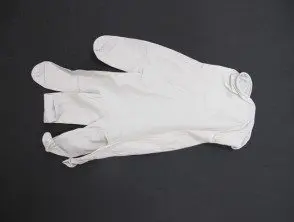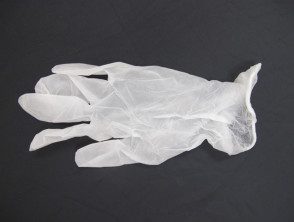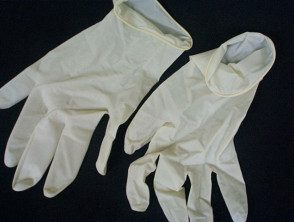Human hands are unique. They grab, hold, move, and manipulate objects so that we can perform daily activities to live and work. Reports of hand and finger injuries have ranged from 25% to 80% for all workplace accidents. Therefore, it is extremely important that workplaces provide safe and effective measures to reduce hand injuries. One of the easiest methods to protect the hands is to wear gloves.
A different glove for each job.
The first step employers can take to reduce hand injuries is to evaluate their operations and examine the use of gloves throughout their business processes. To help find the “right glove for the job,” many countries have occupational glove standards. Australian / New Zealand glove standards AS / NZS 2161.1: 2000 ensure better hand, wrist and forearm safety in the workplace. In the United States, ISEA developed the first American National Standard for glove selection criteria, ANSI / ISEA 105, and the Hand Protection Group is represented on other technical standards committees in the United States and around the world. . There are also numerous glove manufacturers that provide guidelines on glove selection.
The following table shows some of the types of gloves available for different work environments.
| Glove Type | Work environment |
|---|---|
| Disposable | It is used in any work environment to protect hands and products being handled, eg food handling, health workers |
| Liquid proof protection | It is used in jobs involving liquids with a low chemical aggression factor, e.g. abrasive cleaning agents |
| Chemical protection | It is used when working with chemicals that can penetrate or degrade gloves. |
| Thermal protection | It is used to protect against prolonged contact with hot or cold objects, e.g. working with liquid nitrogen |
| Heavy duty and cut protection | It is used for heavy mechanical work or work with the risk of abrasion, cuts, tears and perforations. |
| Critical environmental protection | It is used in controlled or confined environments with strict cleanliness requirements, e.g. sterile surgical gloves |
Exam gloves used in healthcare

Nitrile

Vinyl

Latex
Get the "best fit"
Worker safety goes beyond selecting the right glove for the right job. Other factors to consider include:
- Making sure the glove fits you comfortably.
- The glove must have a good fit to allow skill and tactile sensitivity.
- Bulky or loose gloves can be dangerous as they can fall or get caught in the equipment.
- Studies have shown that uncomfortable gloves can increase worker downtime and decrease productivity.
- Be aware of the potential allergies to certain glove materials. For example:
- Immediate contact urticaria to rubber gloves due to latex allergy
- Delayed contact allergy dermatitis to rubber accelerators
-
Allergic contact dermatitis to diethylthiourea in neoprene
-
Allergic contact dermatitis to chrome-tanned leather
- Sweat under gloves can also cause irritating contact dermatitis, aggravating existing hand dermatitis.
- Appropriate training for staff. Workers must understand the purpose of wearing gloves and when or how often they should be changed. They should also be given advice on how they can care for their hands, see Hand Care for Health Workers.

